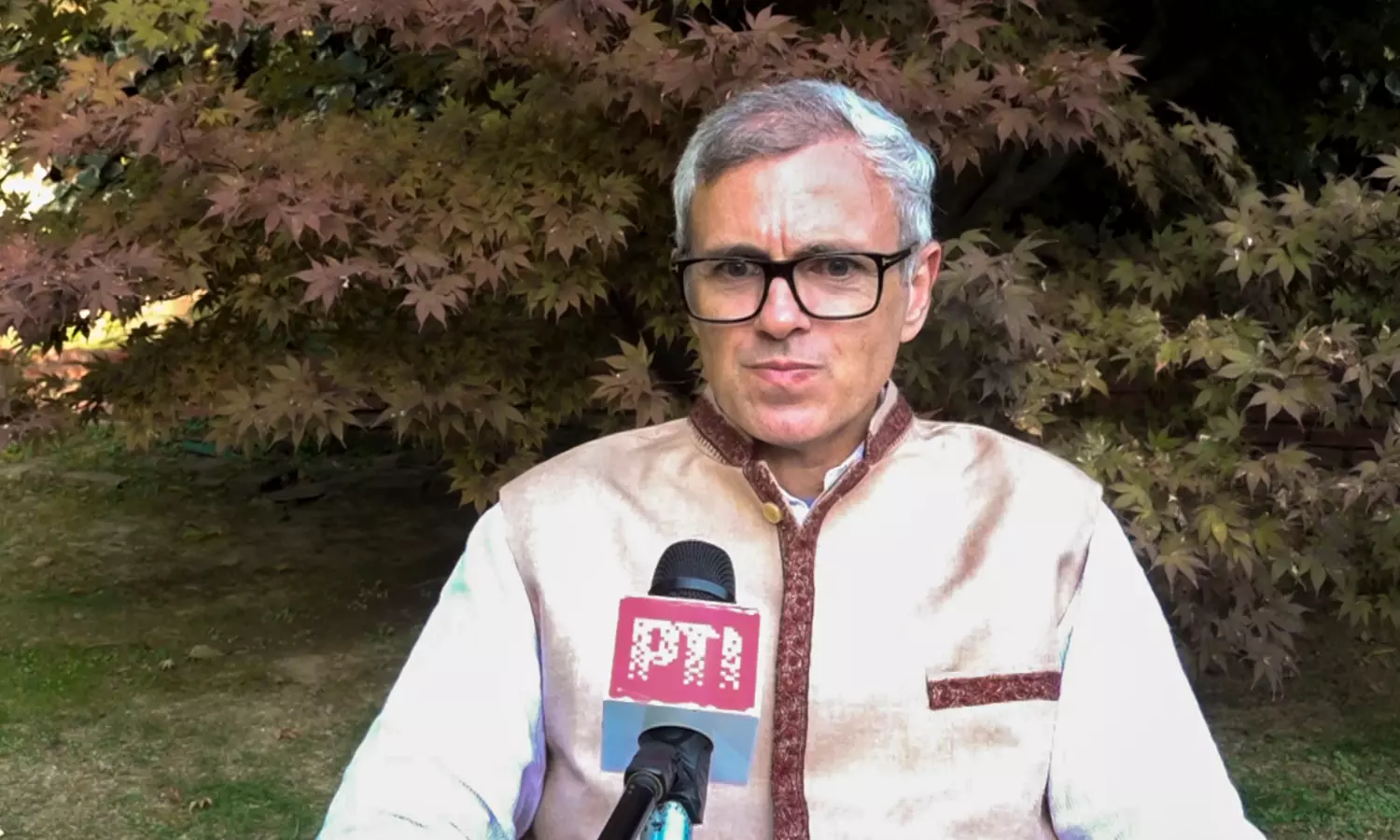Aakar Patel | New govt in J&K a positive sign; some L-G powers will shift to CM
By : Aakar Patel
Update: 2024-10-14 18:42 GMT

A new government will be formed this week in Jammu and Kashmir after its first election in 10 years, shifting some powers from the Centre’s nominee, lieutenant-governor Manoj Sinha, to the state Cabinet headed by the chief minister. This is good news. Much has been made of the fact that this was the fairest election in decades. This is also a positive development but it should be expected that democracies progress rather than regress electorally over time.
Along with free elections and a partial return to self-government, the claim is also made that Kashmir is now safer than before. This is a complex issue and we must examine the data here.
Militancy began in Kashmir in the late 1980s. The South Asia Terrorism Portal has data on violence across the region. In 1989, a total of 92 people were killed in Kashmir. The next year, violence exploded and took 1,177 lives, of whom 862 were civilians, 132 security forces personnel and 183 militants.
The number increased in 1991 (to 1,393) and 1992 (1,909) and, in 1993, 2,567 people were killed. Of these, the number of civilians (1,023) and security forces personnel (216) remained about the same as before, but the number of militants killed shot up to 1,328. This was so for the next few years, but there was also a gradual rise in the number of deaths in the security forces, which reached 441 in the year 2000, when almost 3,000 people were killed in Kashmir.
This was staggering levels of violence because the population of Kashmir without Jammu is only that of an Indian metropolis (about 5 million, smaller than Bengaluru). Fatalities peaked in Kashmir in 2001, when a total of 4,011 people were killed. Of these, 628 were in security forces, 1,024 civilians and 2,345 militants. The next year, 2002, the number dipped for the first time by 1,000 to end at 3,098 dead, and in 2003, further to 2,507.
What explains the dip in fatalities after what was a long-term escalation?
The two events of significance are the 9/11 attacks in the US, after which Pakistan said it had become a partner in the “war on terror”; and the attack on India’s Parliament three months later in December 2001, in which nine Indians and five attackers died.
After the second event, India mobilised for war on the Pakistan front and pressured Pakistan to act against those sending terrorists over. On January 13, 2002, Pakistan said it had banned the Lashkar-e-Tayyaba (LeT) and Jaish-e-Mohammed (JeM), the two most active and lethal groups in Pakistan. Prime Minister Atal Behari Vajpayee demobilised after the ban.
India had later said the ban was a fraud and Pakistan was not serious about clamping down on terror. It is certainly true that the Pakistan Army and its wings have nurtured these groups and used them over time. It is difficult to say, given the opacity with which the Pakistan military establishment works, whether this has changed. We can however look at the data.
In Kashmir, from over 4,000 fatalities in 2001, the number went to 3,000 in 2002 and 2,000 in 2003. It fell again in 2004 to 1,788 and to 1,125 the next year. In 2007, the number fell to under 1,000 (744 killed) for the first time since 1990. It fell further to 548 in 2008, then 373 in 2009, then 181 in 2011. It did not go above 200 in any year till Manmohan Singh left office in 2014.
This appears to have shifted somewhat since with fatalities going above 200 in four years, above 300 in two years and above 400 in one year. Last year, 2023, they fell to below 200 again for the first time since 2015, but it would not be wise to see a single data point as a long-term indicator.
Consider what has happened in Pakistan in the same period. Though Pakistan had seen extreme levels of violence in Karachi in the 1980s and 1990s, this was violence that was not sectarian but political (between, for instance, migrants from India, the so-called Muhajirs, and the Pashtuns). In 2000, 2001 and 2002, while Kashmir was burning, Pakistan’s fatalities from terrorism were 166, then 295 and then 257. In 2003, the year after then President Pervez Musharraf banned Lashkar and JeM, an assassination attempt was made on him twice. In the first, a bomb was set off as his convoy crossed a bridge, and on Christmas 2003, two suicide bombers tried to ram their cars into his convoy. Sixteen people were killed but Gen. Musharraf escaped.
The next year, fatalities rose sharply to 925, of whom 208 were security forces personnel and 302 militants. In 2006, they reached 1,466. In 2007, another attempt was made on Gen. Musharraf ’s life when his plane was attacked as it was taking off. A total of 3,594 people died that year. This doubled to 6,683 in 2008. In 2009, the most violent year in Pakistan’s history, 11,317 people were killed, including 1,012 security forces personnel and 7,884 militants. In India, in the same period, 373 people were killed in Kashmir as we have seen.
In 2010, the Pakistan Army began to smother the violence and fatalities fell to 7,342 and then to 6,050 the following year. In 2013 and 2014, deaths were at 5,000, falling to 3,685 in 2015 and then 1,797 and 1,269 in 2016 and 2017. In 2019, it went below 400. However, it has since risen to about 1,500 a year for each of the last two years.
The long-term trends on violence in Kashmir, on the other hand, are positive and India must secure these gains further. Free elections are a democracy's best response.

